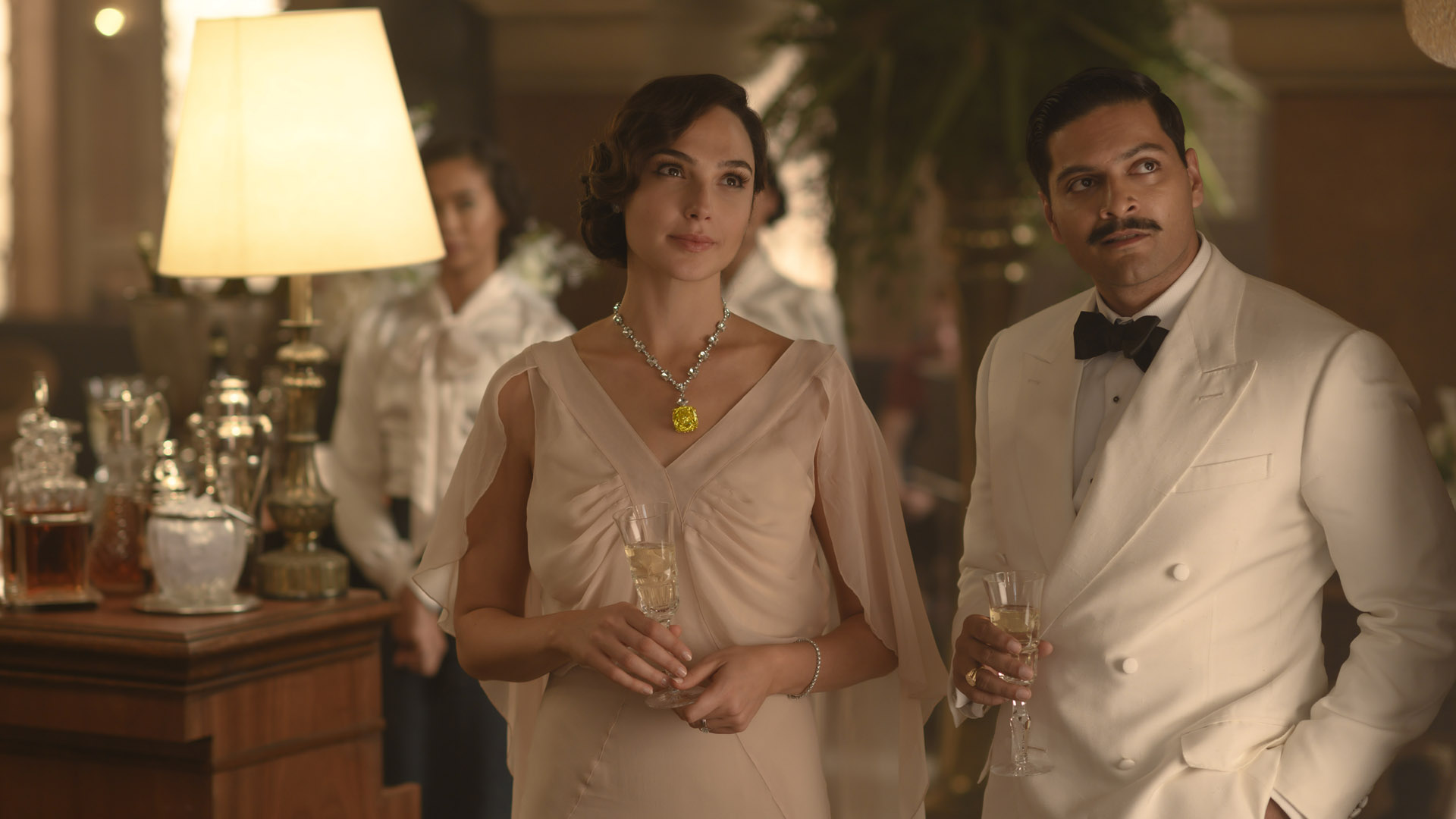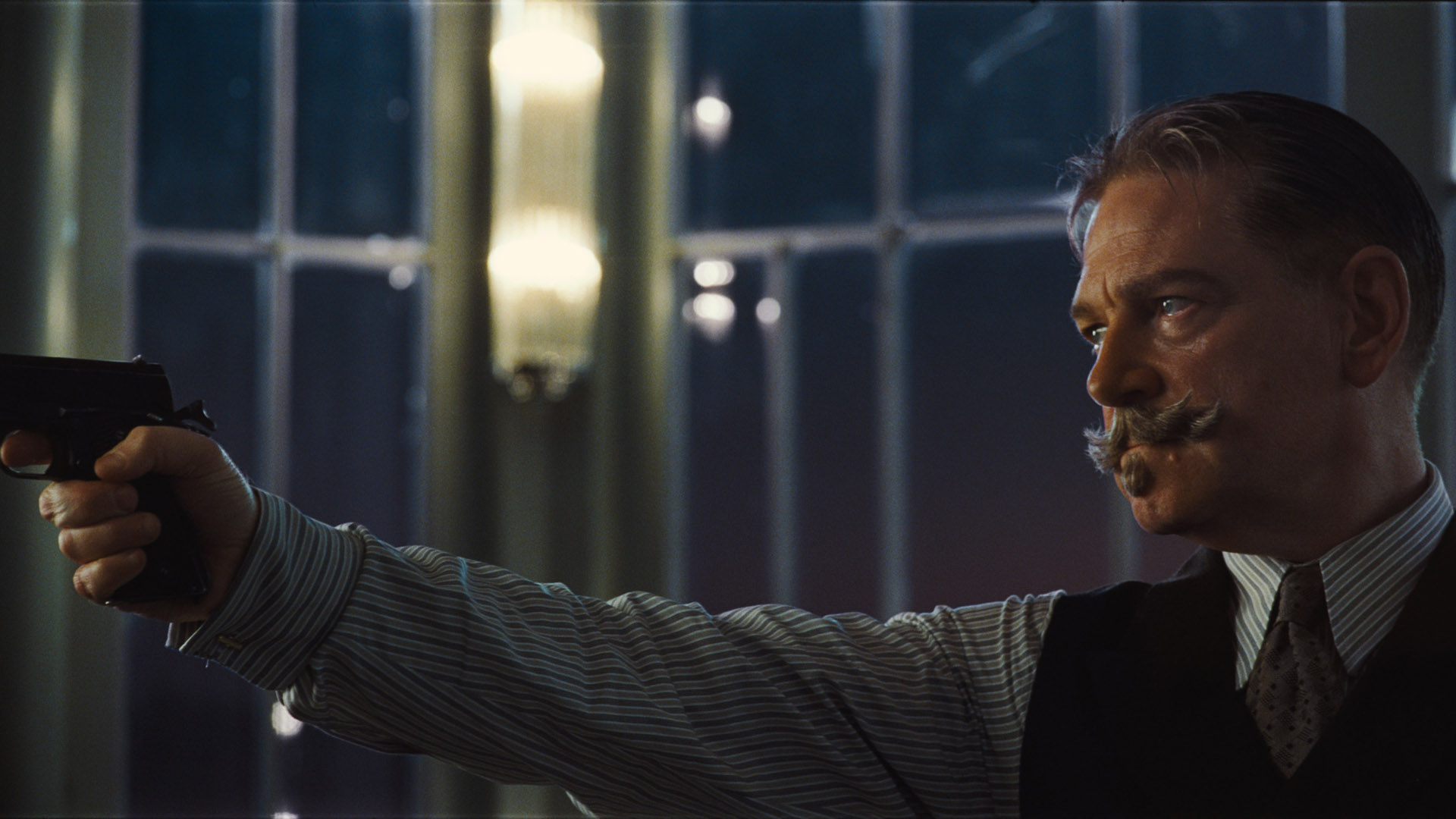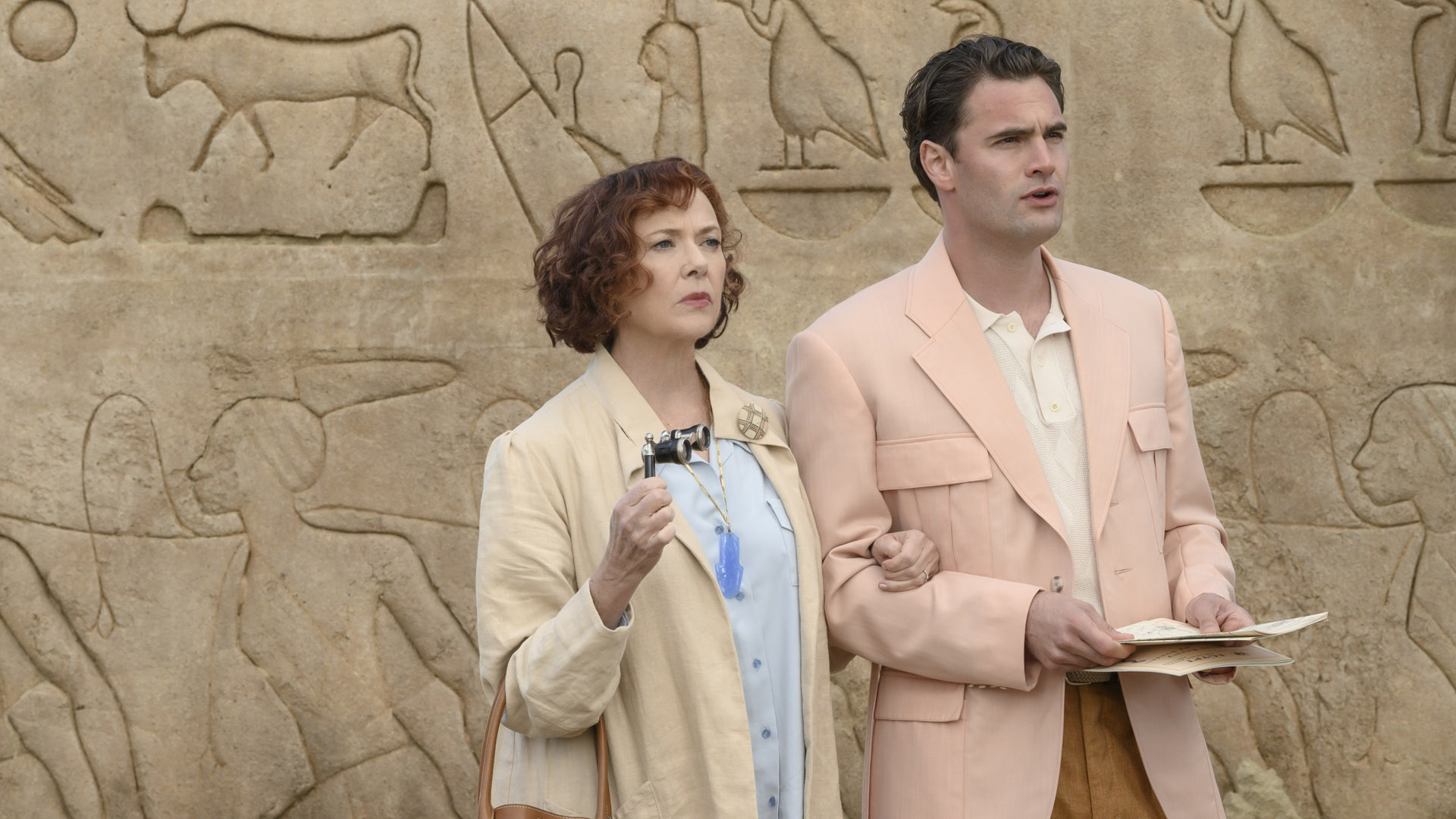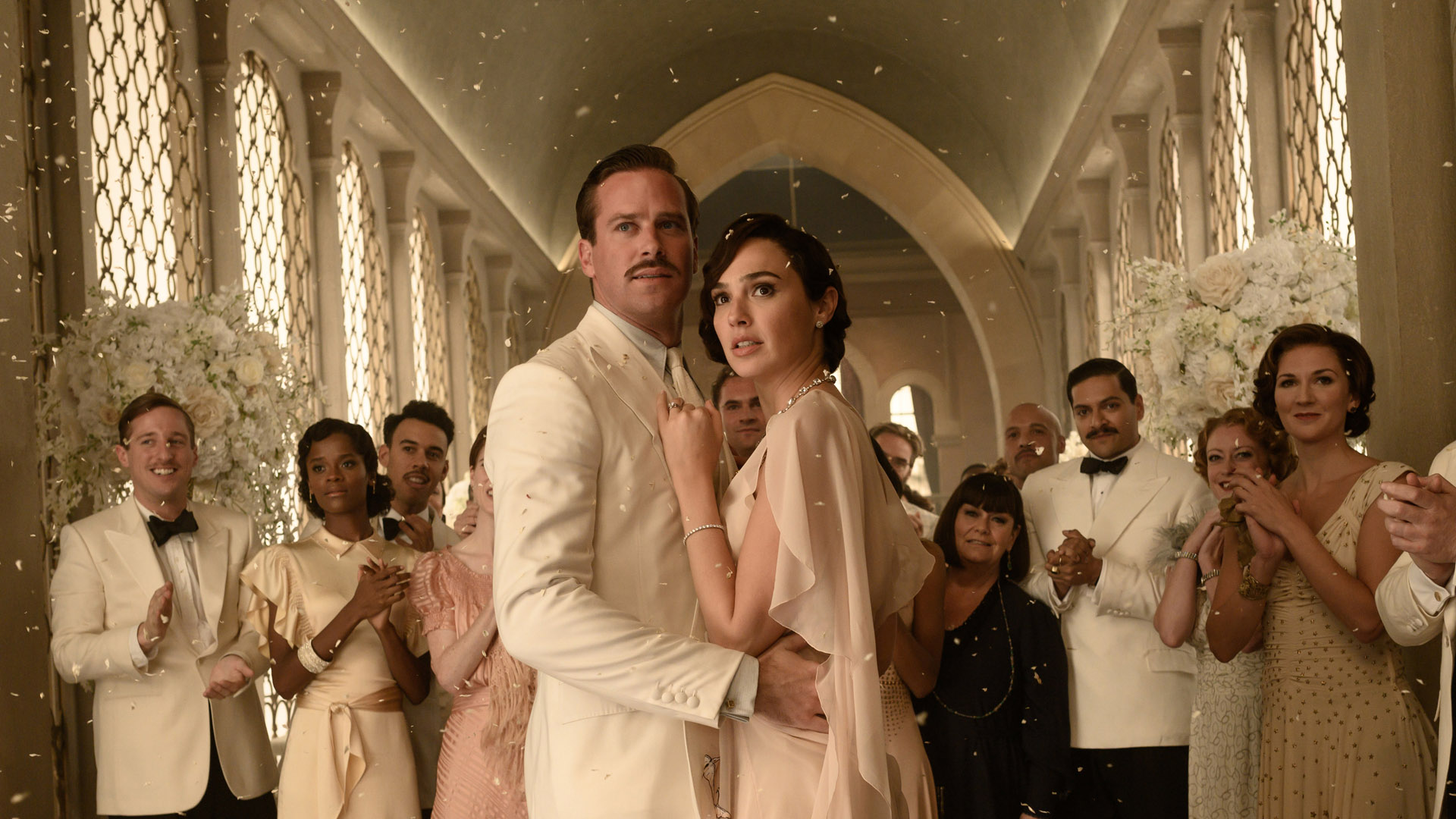Death on the Nile
It’s something of an irony that Death on the Nile, the renowned murder-mystery novel from iconic author Agatha Christie, takes place on the world’s longest river.
Why? Because the Nile’s lengthy and meandering profile is a perfect metaphor for Death on the Nile’s latest live-action adaptation – a drawn-out, ponderous affair that’s full of style but lacking in substance.
Kenneth Branagh’s latest remake of another beloved Christie novel isn’t a complete bust; some fine casting choices and narrative elements make for a pleasing watch on occasion. Ultimately, though, Death on the Nile is an unnecessary, slightly self-indulgent interpretation of a tale that established Christie fans and newcomers alike may struggle to enjoy.
Sailing against the tide

Set in 1937, Death on the Nile reunites audiences with renowned Belgian detective Hercule Poirot (Branagh), who boards the S.S. Karnak to try to enjoy some much-needed downtime.
Poirot’s relaxing and scenic trip down the famous Egyptian river is short-lived, however, when one of his fellow guests is found murdered. Aided by his trusted sidekick and long-time friend Bouc (Tom Bateman) once more, Poirot must work tirelessly to identify the culprit before the Karnak reaches its next destination.
Understandably, Branagh’s Death on the Nile follows the story exactly as it’s told in Christie’s world-famous novel. Vital plot points play out in the same order that they do in the source material, which is unsurprising, given that embellishing or subtracting story elements would spoil its flow. Long-time fans of Christie’s works, then, shouldn’t worry about superfluous narrative alterations being added here.

The main problem Branagh’s Death on the Nile has, though, is that it takes too long to get going. Like his 2017 remake of Murder on the Orient Express, Death on the Nile spends too much time setting up its characters, locations, and pretext to upcoming events. Narratively, it’s excessively safe and sluggish.
And that’s a shame because, once the crime has been committed and Poirot’s investigation begins, Death on the Nile actually feels like a decent murder-mystery movie. An intricate tapestry of lies is woven throughout the film’s second half, with Poirot racing to prevent more unnecessary offenses being committed. Poirot’s interrogations of each passenger feel tense, culminating in a suspenseful finale where the renowned detective eventually reveals the individual behind the elaborate scheme.
Unfortunately, the movie’s slightly thrilling second part isn’t enough to save it. The world’s best whodunits provide regular thrills throughout but, whether by design of the story it’s based on or how the film has been edited, Death on the Nile doesn’t leave you on tenterhooks. Its twists and turns are arguably superior to Murder on the Orient Express’s, but it isn’t as gripping narratively as it should be. Spending less time setting things up, and devoting more minutes to the mystery itself, would have made for a tighter, more interesting plot.
Shifting sands

While its story remains intact, some creative liberties have been taken elsewhere. Yes, key characters, such as Gal Gadot’s Linnet Ridgeway-Doyle are largely untouched, but other supporting cast members have been changed, added, or even removed completely.
Ali Fazal’s Andrew Katchadourian, for instance, is a revised incarnation of Andrew Pennington from Christie’s novel. Meanwhile, Bateman’s Bouc – who isn’t even in Christie’s original tale – is merely included as a plot device that helps to drive the emotional aspect of the film’s narrative. Such tweaks aren’t deal-breakers but, unlike Death on the Nile’s major story threads – which haven’t been altered – some diehard Christie fans may wonder why these character changes were necessary.
One cast member that viewers may be surprised to see in the final cut is Armie Hammer.
The controversy that has surrounded the actor since January 2021, and the further accusations made against him since, make his appearance in Death on the Nile an unsettling one. That Hammer plays a significant role in the film as Simon Doyle, Linnet’s husband, only makes his inclusion all the more unpalatable. In fact, Hammer’s appearance may be enough to put potential theater-goers off seeing the film at all.
The potential to recast Hammer and reshoot the whole film was reportedly on the table, but the sheer cost of doing so, and the pandemic’s emergence in March 2020, put paid to those plans. Even so, seeing Hammer in a movie of this scale is likely to concern and potentially upset many viewers.

Death on the Nile’s two-hour runtime doesn’t provide enough room for its 14-strong cast to truly shine, either.
Sure, the film’s most poignant story beats allow Branagh to flex his emotional acting muscles, bringing a new dimension to his version of Poirot. Sophie Okonedo is electric as jazz singer Salome Otterbourne, too, while Emma Mackey excels as femme fatale Jacqueline de Bellefort, albeit fleetingly. Gadot and Hammer aside, however, the rest of the cast aren’t given enough screen time to showcase their undoubted talents.
The film’s visual effects leave something to be desired, too. Some of the CGI on display feels tacky and slightly amateurish, while it’s noticeable where green screen technology was utilized in favor of shooting on location.
And that’s a pity, because sequences filmed in real-world locations – Morocco was used as a stand-in for Egypt – make Death of the Nile feel more authentic. It lends a pleasingly atmospheric tone to the movie that, alongside the 1930s-style attire and set designs, constructs a believably lived-in world. Of course, a film of this size can’t be shot entirely on location due to the cost. Still, it provides a sense of legitimacy to proceedings and sets the sun-drenched scene for the story as a whole.
Our verdict
Death on the Nile is an uninspiring follow-up to the similarly average Murder on the Orient Express.
Yes, it’s pleasant to look at. Sure, some of its cast deliver reasonably good performances. And, okay, its fairly emotional story beats do leave a lump in the throat – all solid if unspectacular plus points for a 21st-century movie.
But, with Christie’s novel set to celebrate its 85th anniversary in November 2022, Death on the Nile feels like a relic from a bygone era. And Branagh’s adaptation is nothing more than a re-tread of what audiences have seen before, albeit one with some token changes to reflect the shift towards greater representation on the big screen.
In an era where movies like Knives Out, and TV shows such as Apple TV Plus's The Afterparty, have reinvented the whodunit genre, Death on the Nile feels outdated cinematically. Christie’s highly influential novels will never go out of style, but maybe it’s time for film and TV adaptations of the author’s literary works to do so.
Death on the Nile launches exclusively in theaters on Friday, February 11.
0 comments:
Post a Comment